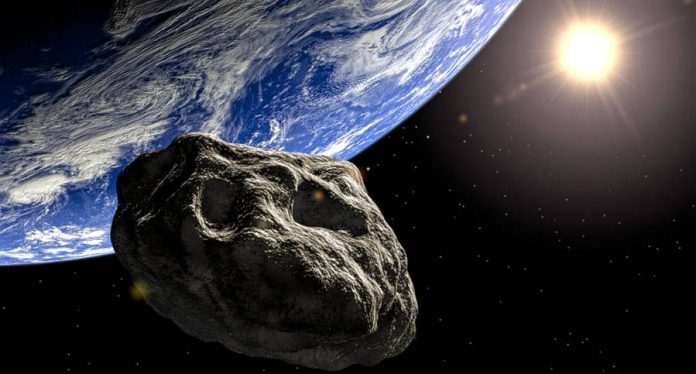
Though it may seem like a story ripped from the pages of a science fiction novel, the risk of an asteroid impact is very real for scientists at NASA, and even to the government. Both institutions show interest on diverting a potential collision with an outer space body, but their efforts fall short.
The space agency cut funding in 2015 to the Sentinel asteroid-detection project, which might have been one of the most advanced plans for earthling defense against this type of threat. They refused a similar project a few days ago.
However, a coalition of institutions including Homeland Security and the Department of Defense released a report last year on the proposed strategy for such a catastrophe.
NASA rejects an asteroid defense program, for the third time
NASA’s recent Discovery Program awarded funding to two missions that will explore the outer reaches of the Solar System. One has to do with the ‘Lucy’ probe, which will go near Jupiter, and the other with the study of the all-metal ‘Psyche 16’ asteroid.
Among the finalists who did not get any money was the Near-Earth Objects Camera or NEOCam project. A massive telescope intended to discover incoming outer space bodies that one day might crash on the surface of our planet.
Such a move seems wrong given that a large asteroid flew past the Earth on January 9, at a speed of 10 miles per second.
How NEOCam would have defended us
With the help infrared technology, the telescope would’ve been able to detect incoming rocks as small as 140 meters in diameter. These objects are still big enough to cause significant damage upon impact.
The NEOCam project would have acted as a complement to the Large Synoptic Survey Telescope (LSST), currently under construction in the Coquimbo region, northern Chile. LSST will also serve to find small lear-Earth objects and will begin to work in 2021.
The DAMIEN coalition
The ‘Interagency Working Group for Detecting And Mitigating, the Impact of Earth-bound NEOs’ (DAMIEN IWG), came together in January 2016. NEOs stands for Near-Earth Objects, which currently abound in space, many of them posing significant risks.
The group would handle the responsibility of knowing what to do in a situation that could end in disaster, and also with detecting these objects before they get too close.
Aside from the lengthy report, DAMIEN has not taken any significant action in the past year, but such an initiative raises awareness about the dangers lurking outside of our celestial borders.
Source: Astronomy Magazine











